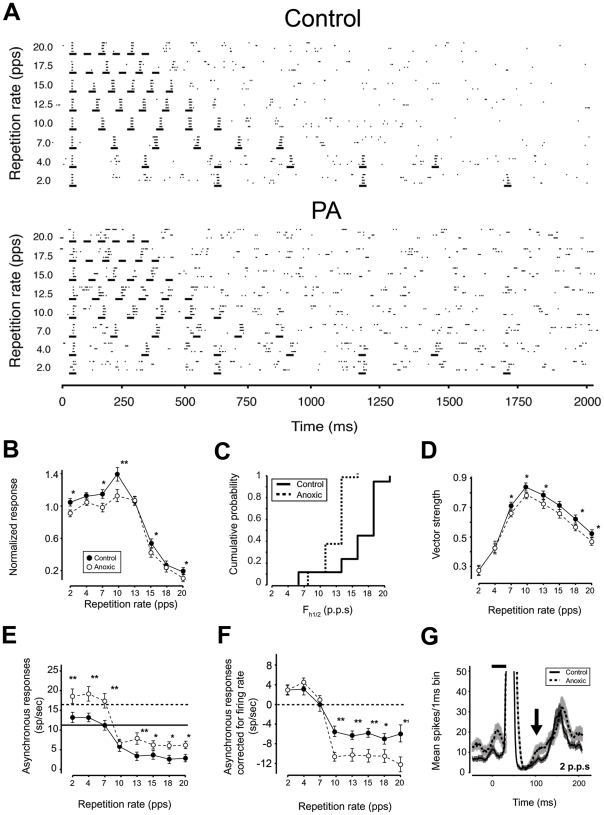Figure 5. PA affects ability to process high-rate repetitive stimuli.
(A) Dot raster plots of cortical responses to pulsed noises presented at different repetition rates (ordinate) recorded from a control (upper) and a PA (lower) rats. Most normal (control) A1 neurons could follow repetitive noise bursts up to 12.5 pulse-per-sec (p.p.s.), responding with similar spiking to all six noise-burst events and some neurons could follow rates up to about 20 p.p.s. (e.g., top panel). By contrast, in adult PA rats, most neurons responded in a similar manner to noise burst rates of 10 p.p.s. or lower, but fewer could follow rates of 12.5 p.p.s. and higher (e.g. as in the sample shown in the lower panel). In PA neurons, altered response pattern could be already noted at rates as low as 4 p.p.s.. PBI after spiking-bursts was particularly evident in controls. Total spike numbers recorded after the first noise pulse were not significantly different between the two groups. (B) Temporal modulation transfer function of cortical responses from 92 sites in control animals and 76 in PA rats. tMTF in PA rats was significantly reduced at most rates presented. Asterisks mark significantly different values. (C) Cumulative frequency histogram showing average highest temporal rates at which cortical responses were half of their maximum (fh1/2) for controls (grey) and PA (black) rats. Cumulative distribution showed a significant leftward shift for PA compared to controls rats [t-test p<0.001 (1.4766e-14)]. (D) Vector strength of cortical responses, a measure of phase-locking to repetitive noise pulses or entrainment. Entrainment was very similar in control and PA rats for low rate repetitive stimuli. For repetition rates of 7 Hz or higher, phase locking capabilities were significantly reduced in PA neurons. (E–F) Asynchronous responses to repetitive noise pulses, calculated as the mean firing rate recorded 40 ms after each stimulus onset to the onset of the following stimulus (E) and after subtracting the average spontaneous (background) firing rate (F). In PA rats significantly larger asynchronous responses paralleled the higher background noise recorded. The level of suppression appeared significantly stronger in PA rats (F) because it resulted from the subtraction of a greater spontaneous activity. (G) Response dynamics of cortical neurons before and after neurons were activated by repetitive pulsed noise. The arrow shows an average faster return to the baseline in agreement with reduced post-firing suppression in PA rats.

